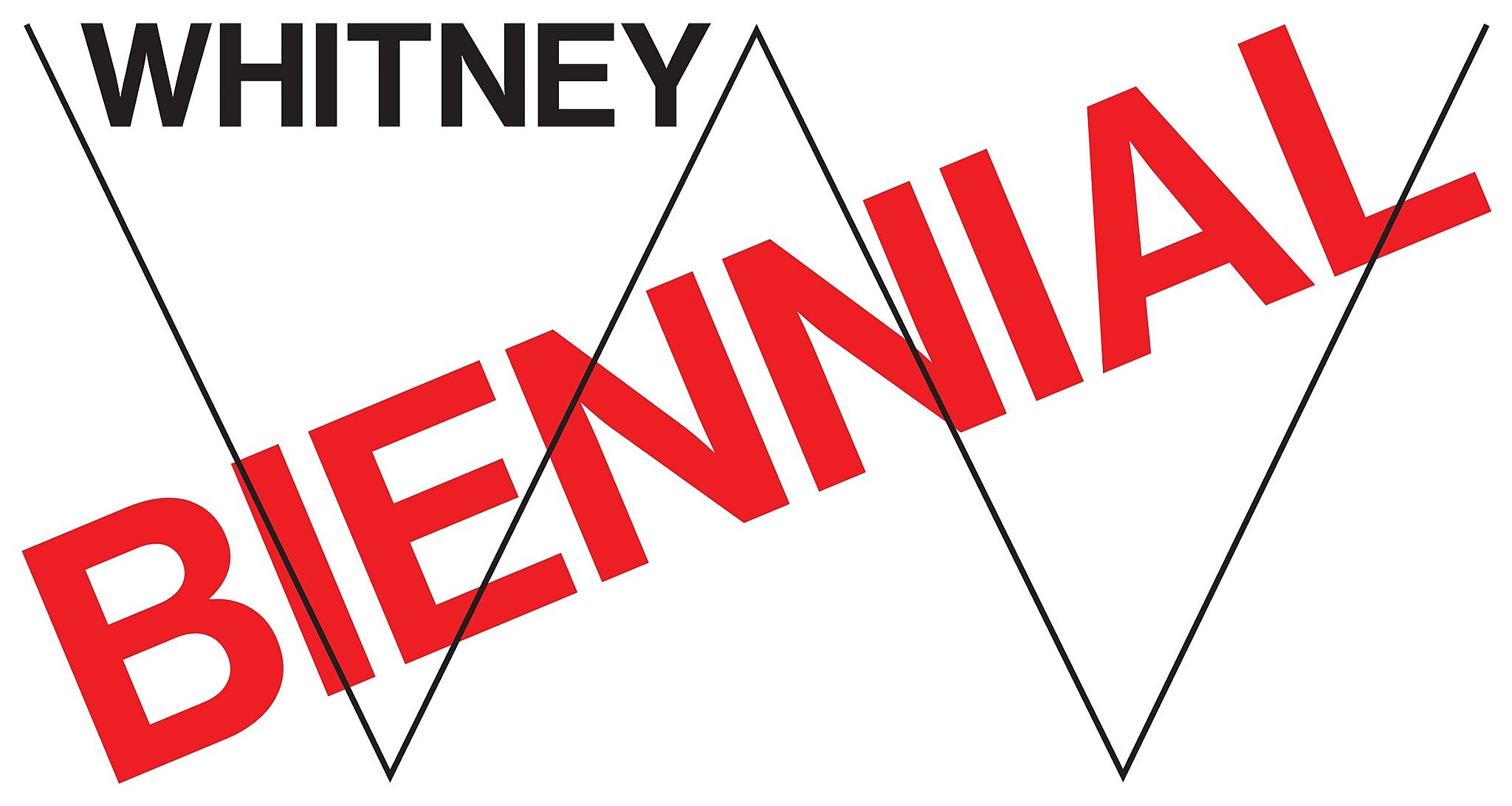Joshua Mosley
Mar 6, 2014
0:00
Joshua Mosley
0:00
Joshua Mosley: Hi, I’m Joshua Mosley.
Narrator: For this stop-motion animation, Mosley has re-imagined a seventeenth-century court designed for jeu de paume, a precursor to tennis.
Joshua Mosley: The space is asymmetrical in the length and in the width. If you hit it in some of the windows, you'll immediately score the point. If you hit it in the other windows, it changes the game in another way. The players have to predict two or three bounces ahead where the ball will end up. So they have this back and forth kind of motion as their minds process and readjust where they should be in relation to the ball.
One of the things that I've been interested in my work is how a person understands the environment that they're in and how they feel separated from it when they start thinking about something. When you're thinking about something, environment kind of disappears. It recedes and pushes back.
I noticed in this game that because of the design of the court, there's this tension between focusing on the environment that you're in but then also trying to simultaneously be in a zone where you're maybe not even looking at the ball, but you're playing and you're focused on the trajectory of the ball.
Narrator: Mosley is interested in the way we experience similar kinds of focus when we’re perceiving artworks.
Joshua Mosley: I think that there's some kind of relationship to looking at the film in the exhibition, looking at any work of video or animation. There's something that happens where you're watching it and you forget that you're watching it after a certain number of shots or seconds. You're somewhat conscious of what you're doing, but you're also. . .you're experiencing the film directly.

